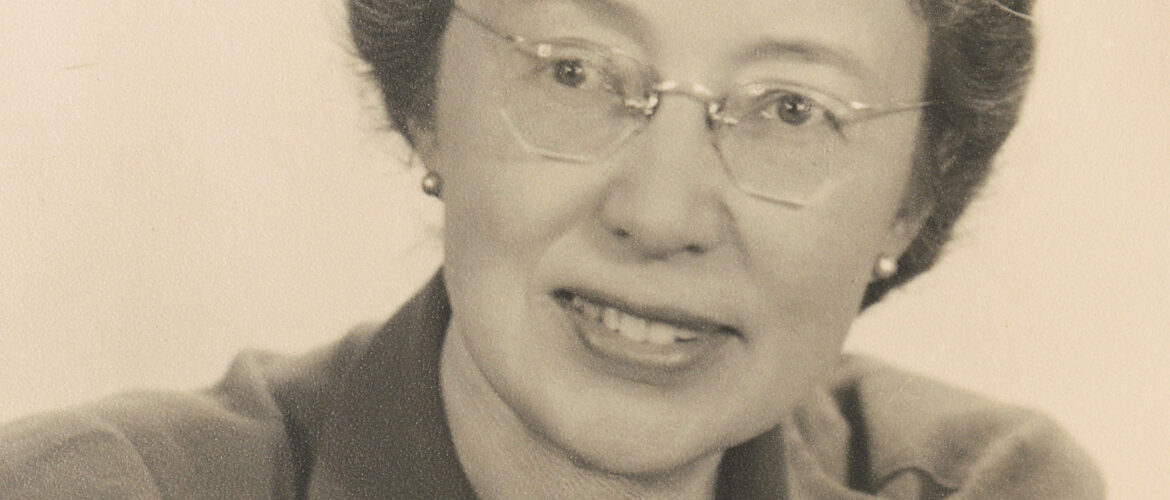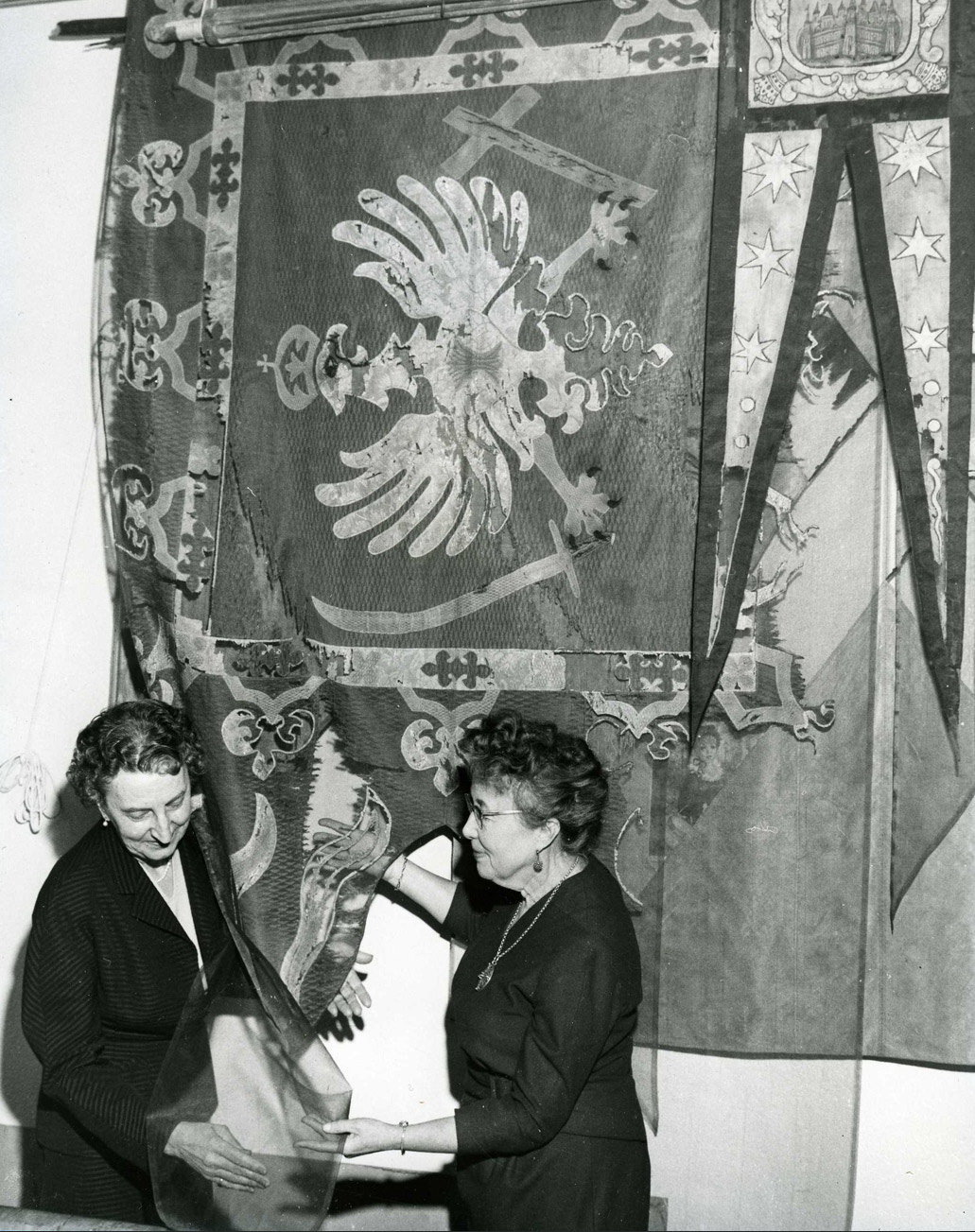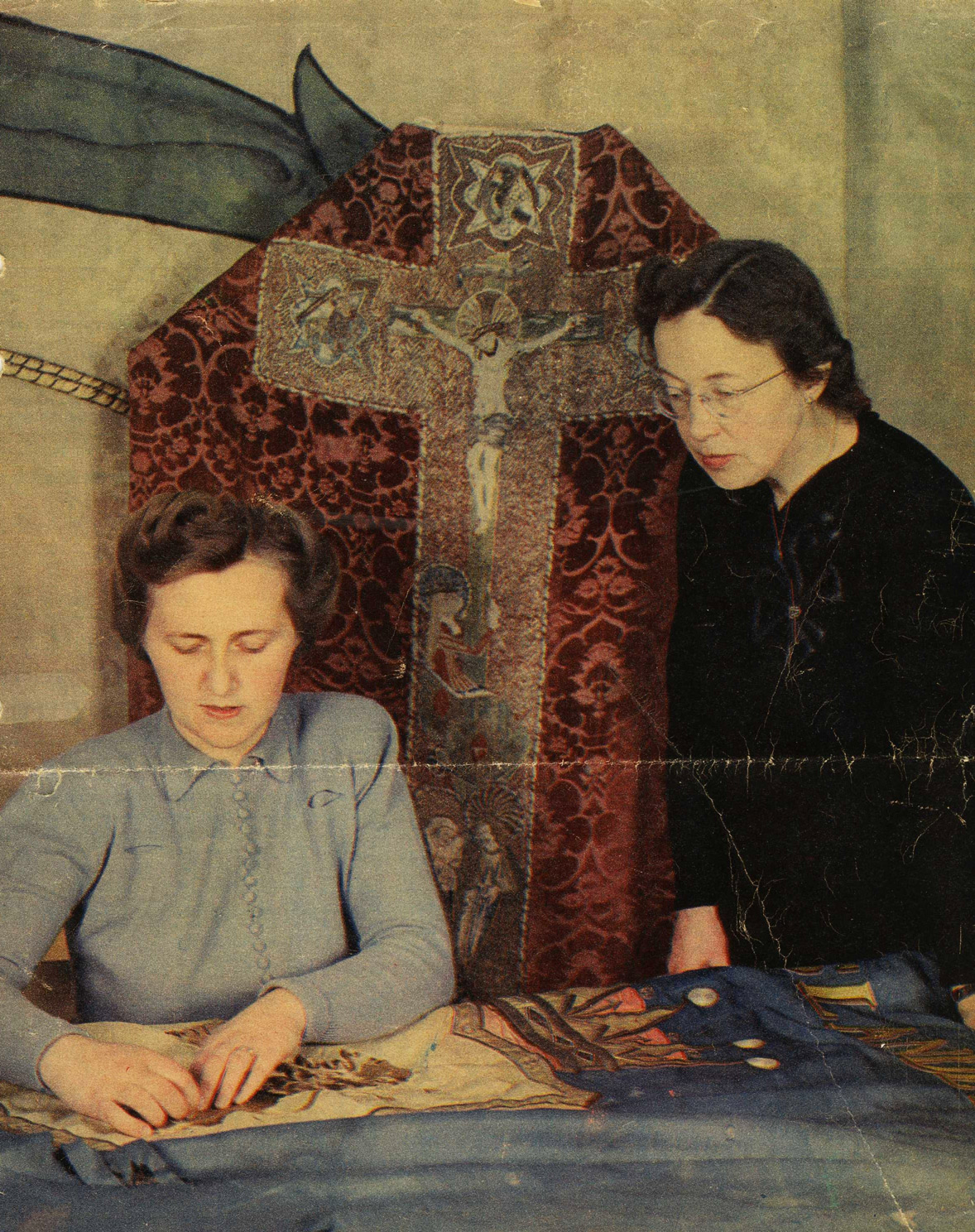1898-1989.
Textile historian, teacher.
Agnes Geijer was born in October 1898 in an academic home in Uppsala. She later became a teacher of art and textile history at the School of Home Economics from 1921 to 1927 and an assistant professor at the National History Museum and the National Museum. She was also the leading researcher of her time in Nordic textile history.
She was head of Pieta's conservation department from 1930 to 1949 and head of the Swedish National Heritage Board's textile department.
In 1938, Geijer defended his thesis on ancient textiles from the excavations at Björkö (Birka) and made a pioneering contribution to textile research. The textiles found at Birka were made of different materials and produced differently, sometimes using unknown techniques. Geijer's work with the Birka finds showed that Viking Age costumes could be reconstructed and that their origin could be determined.
Agnes Geijer published several works, such as Medeltida textilier av svensk tillverkning, Textila skatter i Uppsala domkyrka and Ur textilkonstens historia, which have been translated into English, giving her international recognition.
To strengthen Nordic textile research, she established the Agnes Geijer Foundation for Nordic Textile Research, which has been active since 1988.
Agnes Geijer on the right at a preserved Polish flag from the 17th century belonging to the Swedish National Trophy Collection. Photo: The Swedish National Trophy Collection 1959.
In 1936, a sensational find was made that provided unique insight into the Middle Ages. In a bog near Varberg, the "Bockstensmannen" was found, who died around 1350. Agnes Geijer took part in the study of the Bockstensmannen's remains and his well-preserved clothes.
Burial site: 0129-2152
Image description: Agnes Geijer 1945. Photo C. Holm / RiksantikvarieämbetetThe image is cropped]
Click here for an uncropped image



